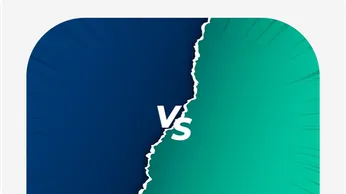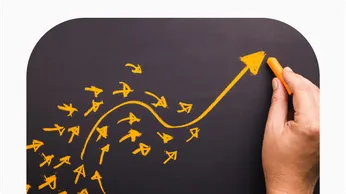Top Budget-Friendly Diwali Gifts Under ₹5000 for Employees, Customers, Partners & Sales Teams
Plum
8 mins

40 Eco-Friendly Diwali Gifts for Employees, Customers & Partners
Plum
8 mins

25+ Best Diwali Gift Ideas for Clients And Customers in 2026
Plum
8 mins

27 Simple & Practical Diwali Gifts for Support Staff
Plum
9 mins

















